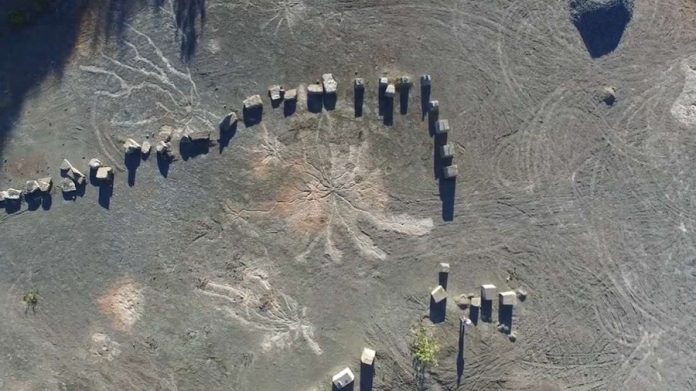More than 380 million years ago, an extensive network of massive trees may have once spread around 400 kilometers (250 miles) south from New York State to Pennsylvania. For the first time since its reign, a team of researchers have unearthed the remains of this ancient forest at the bottom of a sandstone quarry in the small town of Cairo, New York.
Until now, the Gilboa Forest located 40 kilometers (25 miles) away was believed to be the oldest in the world, but it’s actually 2 or 3 million years younger than the Cairo Forest.
“The Devonian Period represents a time in which the first forest appeared on planet Earth,” said lead author William Stein, emeritus professor of biological science at Binghamton University, in a statement. “The effects were of first order magnitude, in terms of changes in ecosystems, what happens on the Earth’s surface and oceans, CO2 concentration in the atmosphere, and global climate. So many dramatic changes occurred at that time as a result of those original forests that basically, the world has never been the same since.”
 At more than 3,000 square meters (32,300 square feet) large, the discovery provides a deeper understanding of tree evolution and the role they played in shaping our world today. As simple plants evolved into more complex systems, their interactions with soil and the atmosphere eventually changed to create the world we live in today.
At more than 3,000 square meters (32,300 square feet) large, the discovery provides a deeper understanding of tree evolution and the role they played in shaping our world today. As simple plants evolved into more complex systems, their interactions with soil and the atmosphere eventually changed to create the world we live in today.
“In order to really understand how trees began to draw down carbon dioxide from the atmosphere, we need to understand the ecology and habitats of the very earliest forests, and their rooting systems,” said study co-author Dr Chris Berry from Cardiff University’s School of Earth and Ocean Sciences in a statement.
“These remarkable findings have allowed us to move away from the generalities of the importance of large plants growing in forests, to the specifics of which plants, in which habitats, in which types of ecology were driving the processes of global change.”
The forest was home to three types of trees, each with its own unique root system, such as Cladoxylopsids. These primitive fern-like plants lacked flat green leaves, resembled horsetails of today, and may have grown between 30 centimeters (12 inches) and 3 meters tall (10 feet), depending on the species. Then there was the woody trunked Archaeopteris, one of the first true trees to form. Similar in appearance to conifers, trees of the Archaeopteris genus had frond-like branches and flattened green leaves with extensive root networks. Growing up to 11 meters tall (36 feet), these trees shared many characteristics with modern trees and acted more like a fern during reproduction, providing some of the first hints at evolving from sporophytes to seed-bearing plants. A third unidentified type of tree was also discovered. Researchers suggest it may be a lycopod, or “scale tree”.
“It is surprising to see plants which were previously thought to have had mutually exclusive habitat preferences growing together on the ancient Catskill delta,” said Berry, speaking to the fact that some of the plants were similarly observed in Gilboa.
“This would have looked like a fairly open forest with small to moderate-sized coniferous-looking trees with individual and clumped tree-fern like plants of possibly smaller size growing between them.”
Fossils were found much lower in the sequence of rocks than nearby Gilboa, indicating that Cairo is indeed much older and in, some ways, dramatically different than its neighbor. Fish fossils visible on the surface of the quarry suggest that the forest was eventually wiped out from a flood.
Source: www.iflscience.com








































